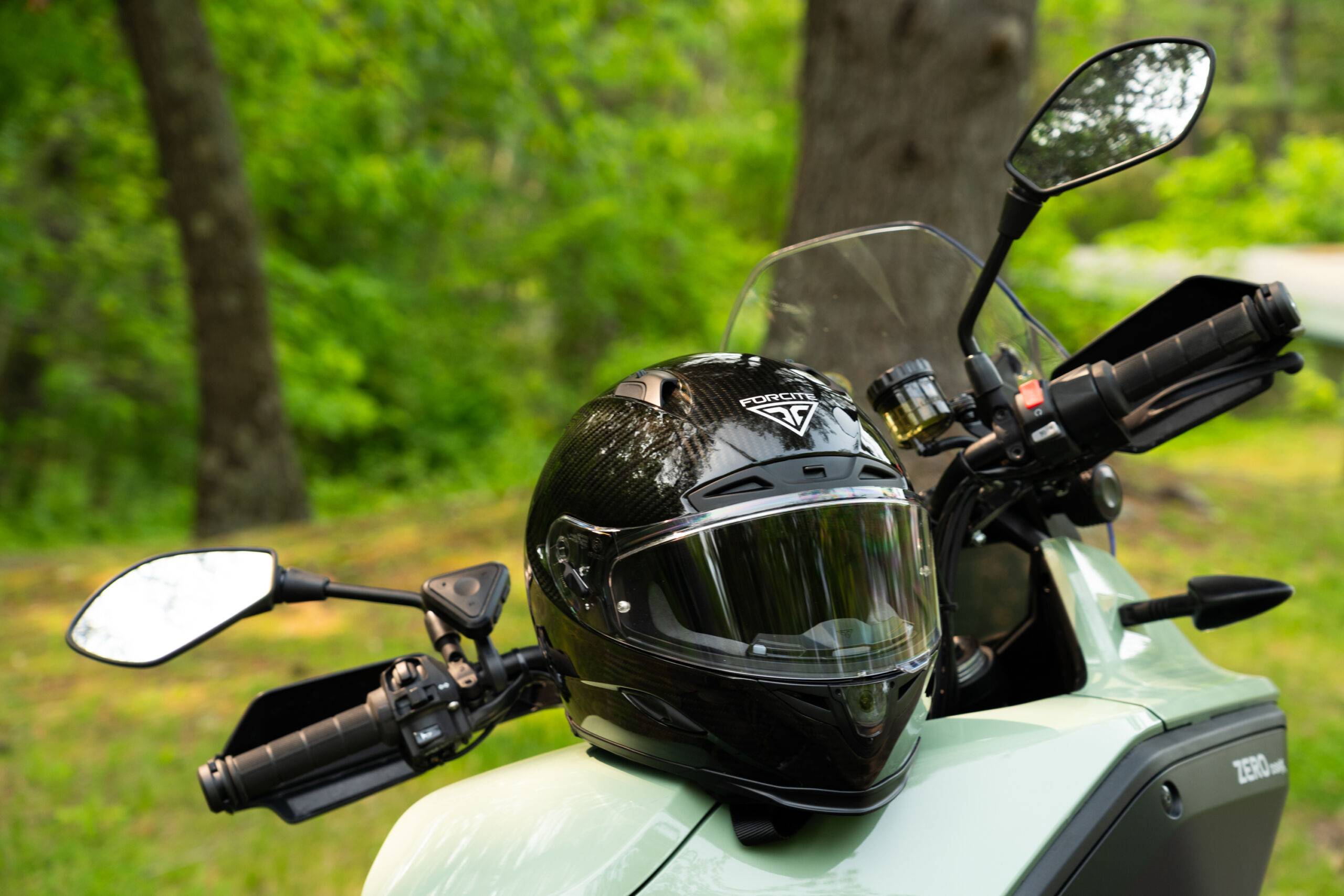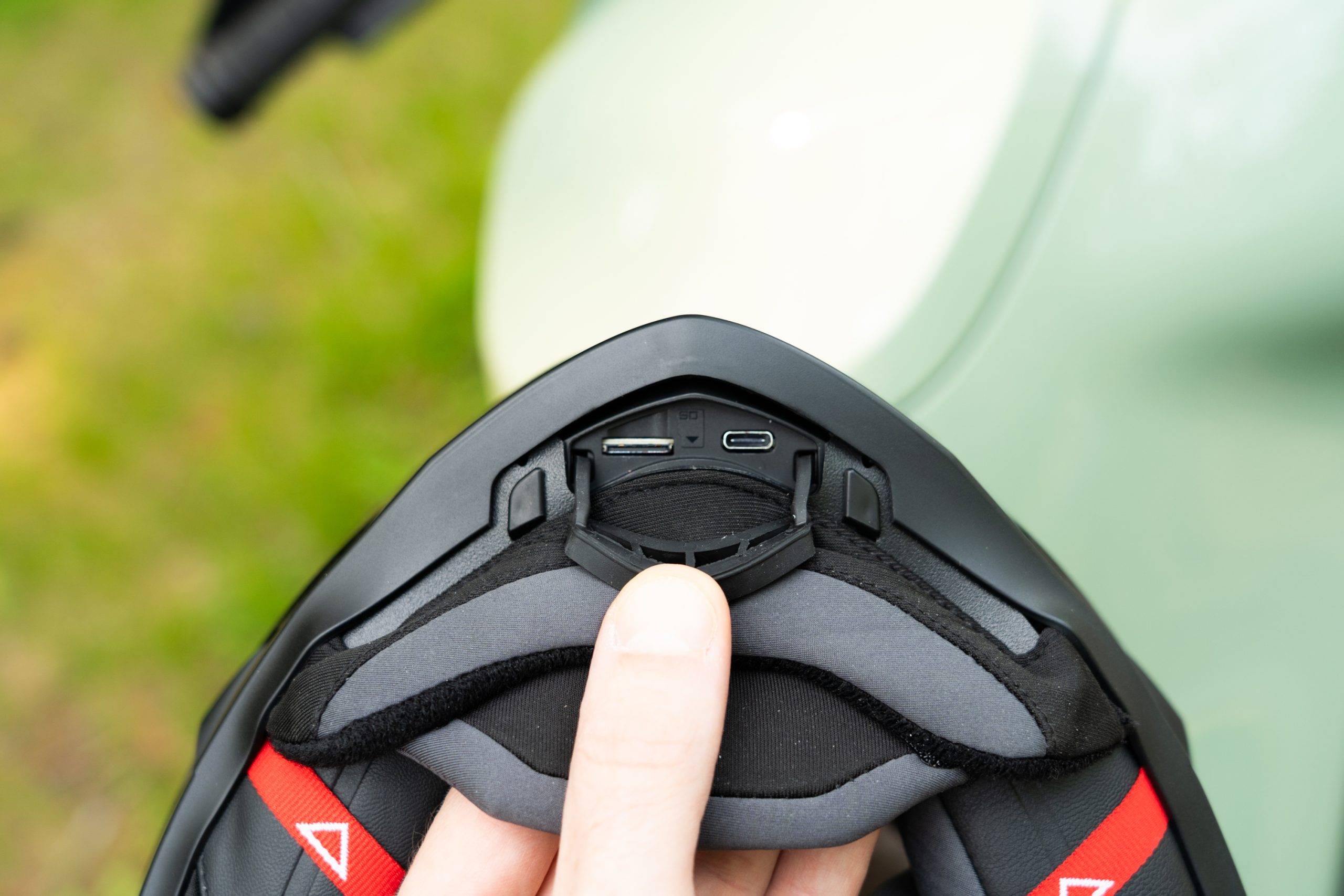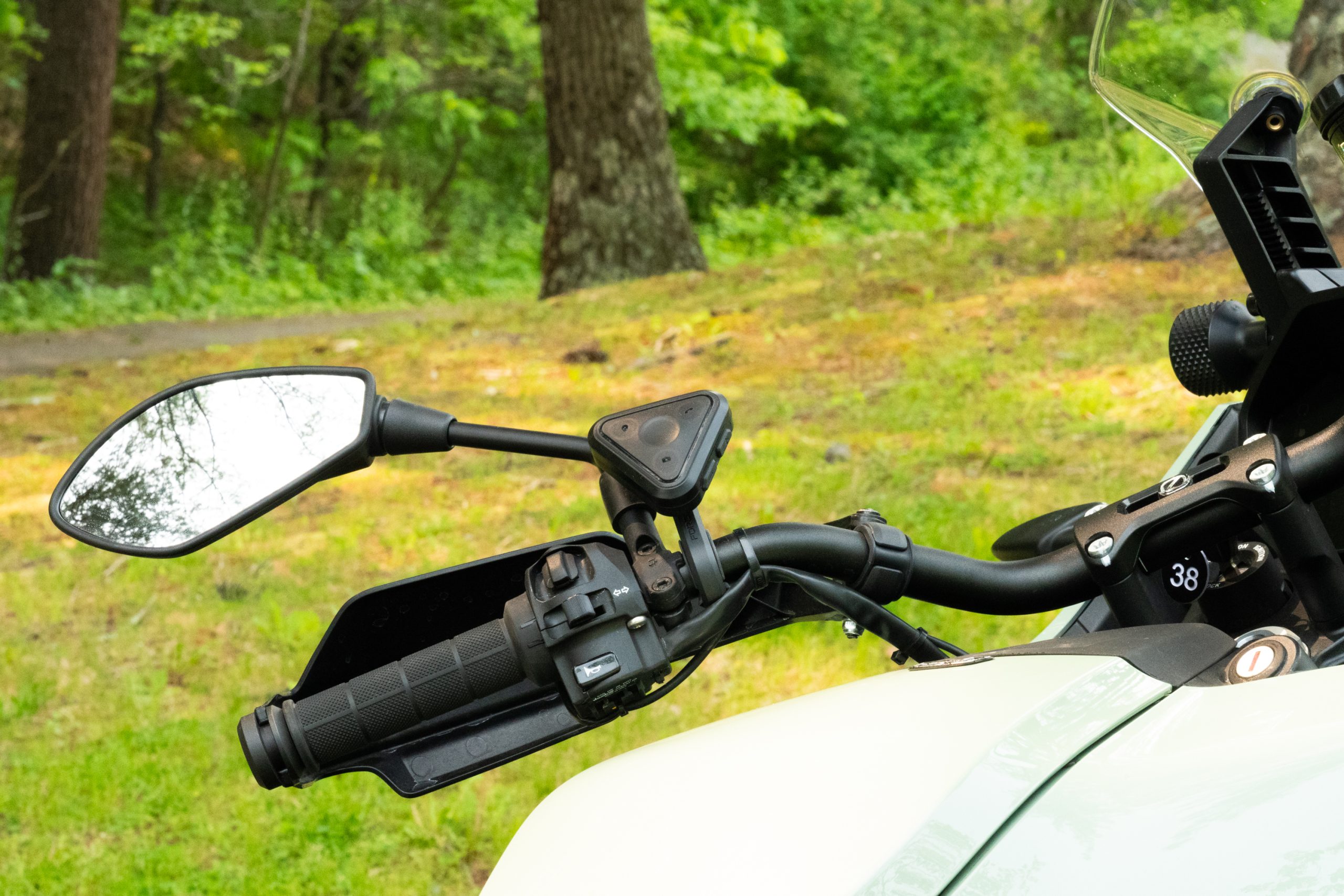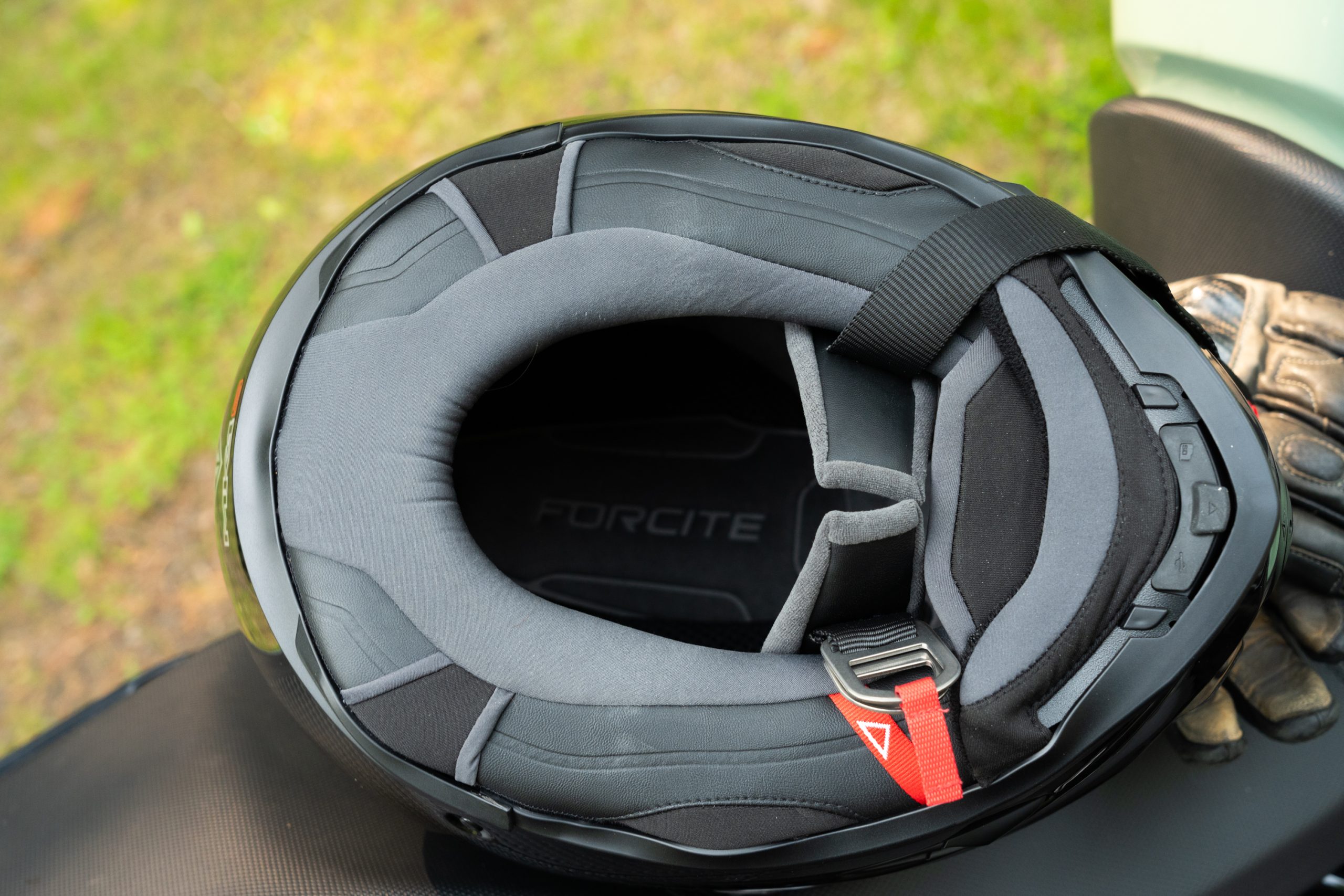After years of vaporware concepts and failed startups, a legitimate smart helmet has finally made it to the market. The company (from Australia) is Forcite, and the helmet is the MK1S, which promises to not only handle navigation and media streaming but also bring a little AI to the party, too. I've been living with one for over a month now, and while the experience hasn't been perfect, it's good enough to make me bullish on this technology—and the company.
Let me start by saying I'm a rider who doesn't like distractions. I've reviewed a number of in-helmet communication systems over the years, plus various other motorcycle gadgets, and none have ever made their way into my regular rotation. I'm surrounded by so much tech all the time that, for me, hopping on a motorcycle is an escape.
Given that, I was skeptical that I'd really be enamored of a smart helmet that talks and blinks at me. Color me surprised, then, that I actually enjoyed my time with it.
Unboxing and setup
The MK1S comes in a large, multi-layered box, feeling very much like a premium consumer electronics device—as it should, given its $1,099 MSRP. But before you can use the thing, you have to install the Forcite app, which is available on iOS and Android.
Once installed, the app guides you through pairing your phone to both the helmet and the small wireless thumb controller that mounts on your bike's handlebars. That part was easy enough. You're then prompted to put on the helmet so you can be dazzled with an acoustic fanfare and swelling of lights.






 Loading comments...
Loading comments...
